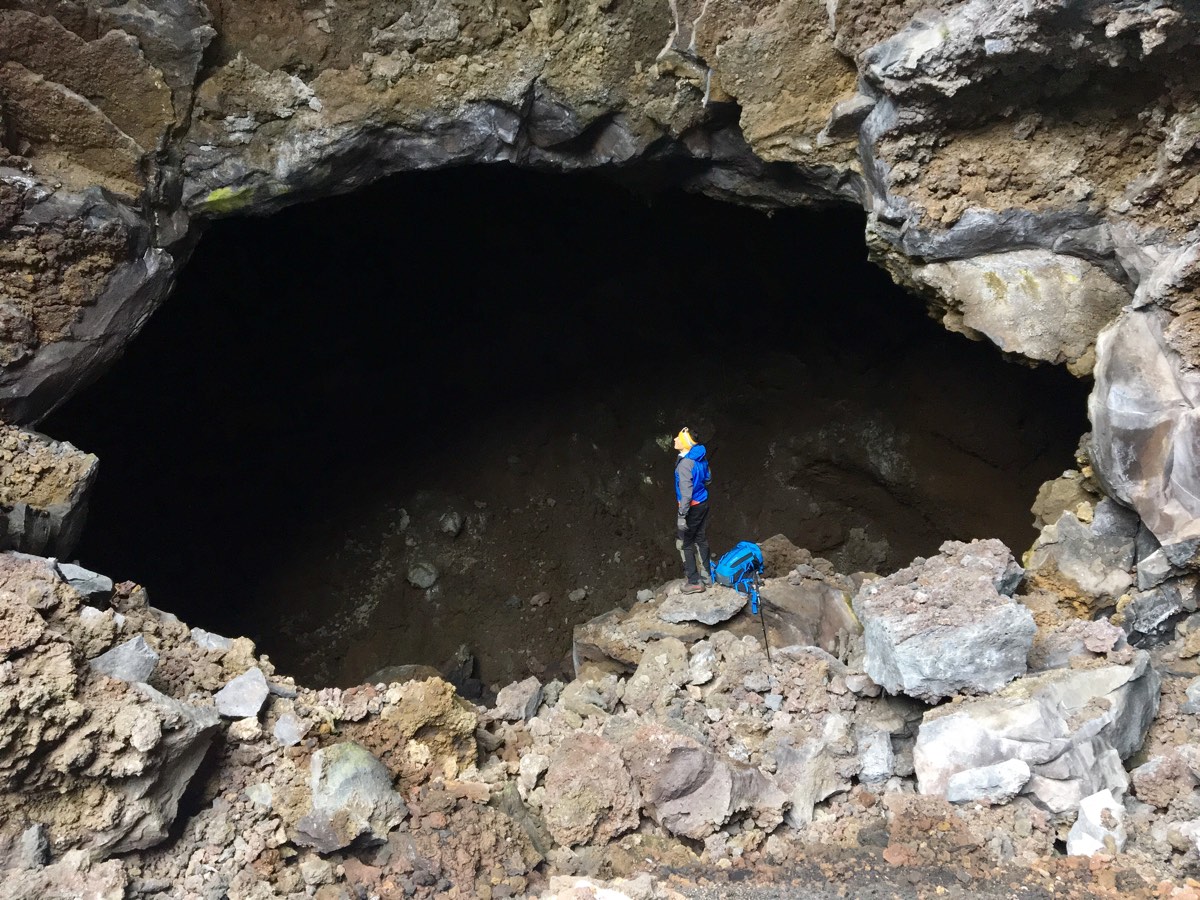Basic Information and Location
Mount Etna is Europe’s tallest active volcano, happily towering over Sicily at about 3,350 meters (11,000 feet). It stands like a giant natural tower watching over the Mediterranean Sea, and when it erupts — it’s as if the mountain is putting on spectacular lava fireworks in the sky!






